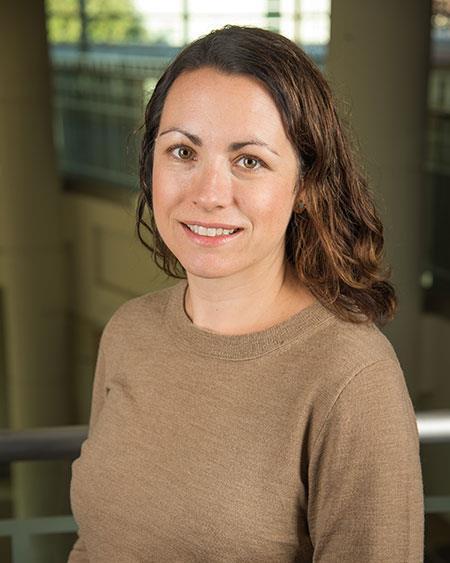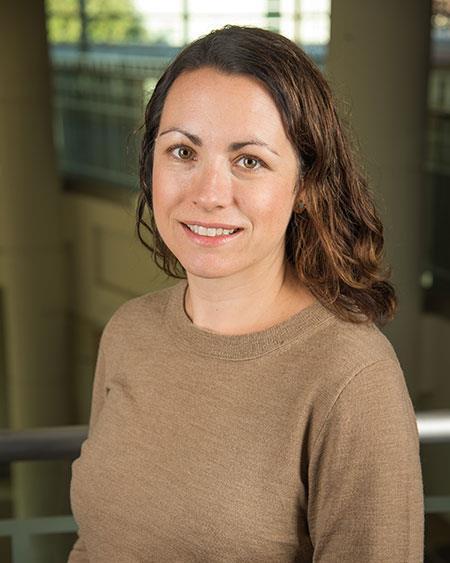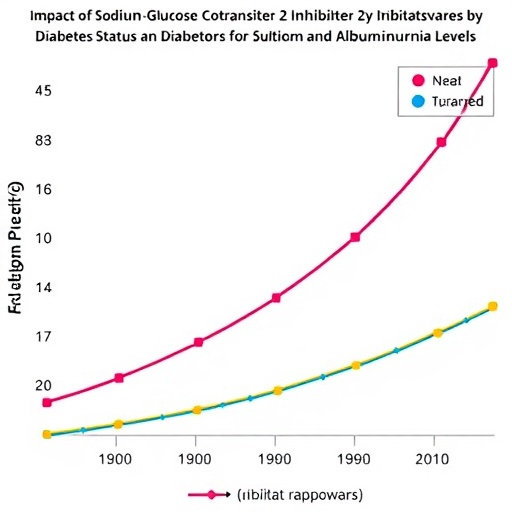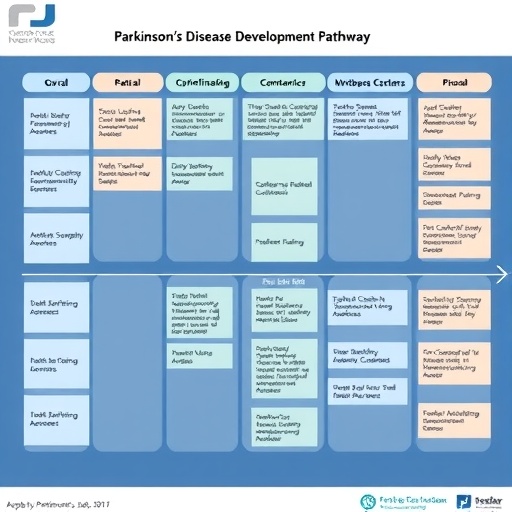
Credit: University of Colorado Cancer Center
Two University of Colorado Cancer Center studies were presented this weekend at the AACR-NCI-EORTC Molecular Targets and Cancer Therapeutics Meeting in Philadelphia, PA showing that using the drug alisertib along with the drug TAK-228 is more effective against triple-negative breast cancer and solid tumors than either drug alone. The first study details the scientific work that forms the basis for the second study, which presents results of an ongoing phase 1 dose-escalation clinical trial of this combination in patients with advanced solid tumors.
Previous work implicates a kinase called Aurora A in the development and growth of breast cancer. The drug alisertib inhibits this kinase. This drug has the ability to kill many types of cancer cells; however, rather than dying in response to aurora A kinase inhibition, some triple-negative breast cancer cells enter a sleep-like state known as senescence. Senescence may be good – cells stop dividing quickly – but cell death is better.
"Unfortunately, even in this senescent state, triple-negative breast cancer cells can signal their neighbors to grow," says Jennifer Diamond, MD, investigator at CU Cancer Center and the study's first author. In fact, work in the Diamond lab and elsewhere shows that when triple-negative breast cancer cells become senescent, the cancer can, in fact, continue to grow.
The Diamond lab has also shown that when triple-negative breast cancer cells are treated with aurora A kinase inhibitors, they increase their signaling through a pathway known as mTOR.
"The first study we presented shows that mTOR is important for these cells to maintain senescence," Diamond says.
When the group used TAK-228 to block mTOR signaling, instead of becoming senescent, triple-negative breast cancer cells died. In other words, it seemed as if these cells were using mTOR to escape alisertib. And using TAK-228 to block mTOR nixed this escape.
To confirm this effect, the group collaborated with James Orth, PhD, assistant research professor at CU Boulder, to apply a fluorescent labeling system to show where cells treated with each drug alone and in combination were in their cycle of replication. Alone, alisertib and TAK-228 each resulted in cell cycle arrest – the cells stopped partway through the cell cycle to become senescent. When the group combined alisertib with TAK-228, instead of cell cycle arrest, cancer cells entered the cell death known as apoptosis.
"Now we had this rational combination," Diamond says. The group submitted their findings through the investigator-initiated research program of the company Takeda, which manufactures both alisertib and TAK-228. "We were approved," Diamond says. "They would provide the drug and we would run the study."
Led by Diamond and presented by first author, CU Cancer Center investigator, S. Lindsey Davis, MD, the phase 1 clinical trial (NCT02719691) of alisertib with TAK-228 in patients with advanced solid tumors opened in 2016. Results presented this weekend of 16 patients treated in the ongoing trial show that the combination was generally well-tolerated, with the most common side effects being fatigue (19%) and decreased neutrophil count (31%). The maximum tolerated dose was found to be a cycle of 30mg of alisertib each day for a week, followed by two weeks off, combined with 2mg of TAK-228 every day.
"We had multiple patients that were on the trial for a long time – a breast cancer patients who was on treatment for over a year and a prostate cancer patient whose disease continues to be under control for almost a year, both good results for a phase 1 study," Diamond says.
The drug's promise now results in an expansion of the trial to an additional 20 patients, which is meant to further refine appropriate dosing and dose schedules, and to work toward identifying the characteristics of patients most likely to benefit from the combination.
"I think it's promising," Diamond says. "We definitely had patients who saw clinical benefit from the treatment."
###
Media Contact
Garth Sundem
[email protected]
@CUAnschutz
http://www.ucdenver.edu





